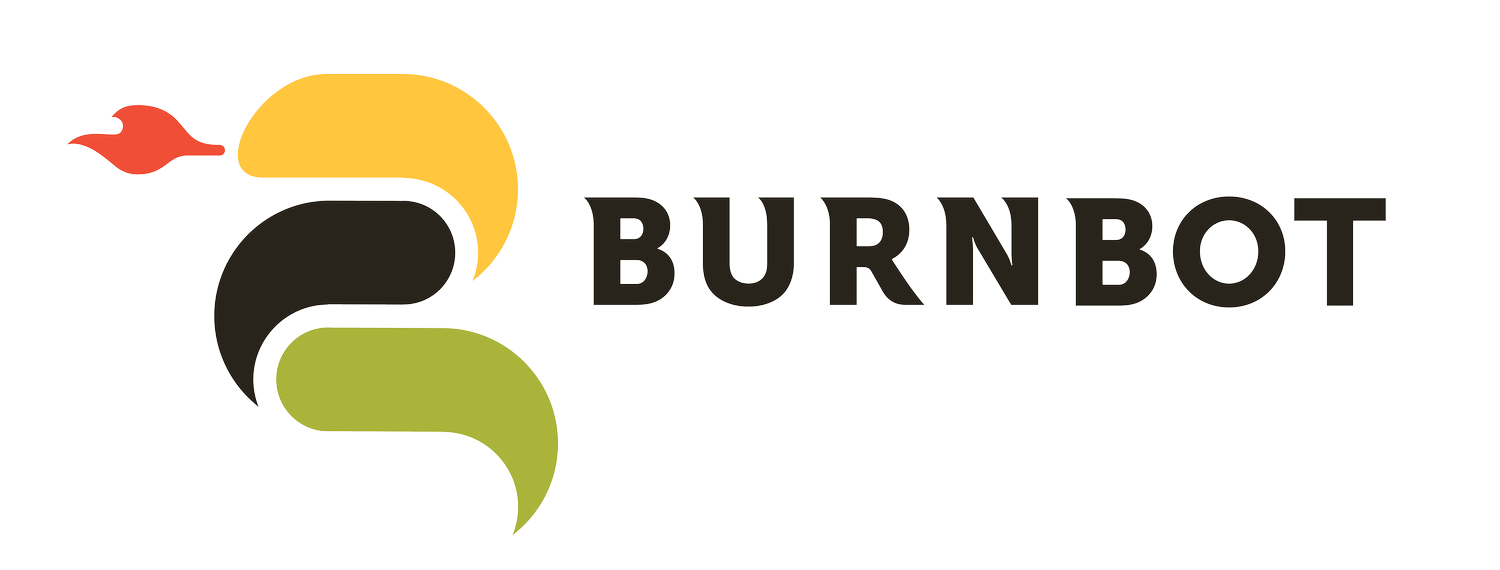Accelerating Towards a Wildfire-Resilient Future Together
We are delighted to announce a significant milestone in our journey at BurnBot - a $20 million Series A funding round led by ReGen Ventures, with Toyota Ventures, AmFam Ventures, Convective Capital, Blue Forest Asset Management, Skip Capital, Overture Ventures, Lowercarbon Capital and Pathbreaker Ventures.
This group of global investors brings a wealth of expertise across sectors such as insurance, conservation finance, fire tech, robotics, AI, and advanced manufacturing. Their collective backing reflects confidence in BurnBot and a shared commitment to technology for scaling the treatment of hazardous vegetation and fuel buildup, thus catalyzing a future more resilient to destructive wildfires.
As a team of wildland firefighters, scientists, engineers and forestry professionals, we know that to prevent destructive wildfires, we need to reduce ignitions around critical infrastructure like power lines and highways, we need to fortify homes and communities with fuel breaks, and we need to restore our forests, grasslands, and watersheds with beneficial fire. BurnBot exists to amplify the pace and scale of fuel treatment to prevent destructive wildfires.
BurnBot RX1 creating backlines for a 25 acre prescribed fire unit in California
The urgency of the problem is not lost on us.
We’re only a couple of months into 2024 and we’re already seeing the devastating impact of wildfires around the world. Chile experienced its deadliest wildfire in history this year, yet one neighborhood that had proactively invested in vegetation clearance was unaffected. Here at home, Texas witnessed the largest wildfire in its history and yet a prescribed burn in the town of Borger prevented the destructive fire from spreading into the town. Despite the challenges faced by insurance companies in underwriting the escalating wildfire risk in California, it’s clear that risk reduction outcomes can be achieved through fuel treatment measures.
The challenge ahead then is to make fuel treatments pervasive. With 50 million acres needing treatment and one in six living in areas with significant wildfire risk, the scale of treatment required, just in the United States alone, is daunting. In addition to the scale challenge, fuel treatment requires a nuanced, place-based approach that recognizes that each place has its unique needs – some landscapes are ready to be treated with beneficial fire, some need brush clearance, and yet others need strategic thinning before reintroducing ecological fire.
We need solutions that can 10X our capacity, while still being tailored to each landscape. At BurnBot, we have come to believe that the path to scalable solutions, tailor-made to each unique landscape, can be realized through a system of interoperable and modular mechanization technologies that amplify workforce expertise.
BurnBot RX1 treating flashy fine fuels and invasive grasses in Central Coast, California
In 2023, we made a significant stride in meeting the need for fuel treatment by introducing the RX1, a mechanized prescribed fire system that precisely deploys fire on the ground within an enclosed chamber, continuously extinguishing and cooling the land as it moves.
Designed as a force multiplier, the RX enables small crews to treat areas up to ten times faster and more efficiently. The RX also operates with minimal smoke and low escape risk, making prescribed fire-based treatments safe for year-round use, even near communities and critical infrastructure. Notably, we showcased the safe application of ecological fire for treating hazardous vegetation under PG&E’s high-voltage transmission lines.
Together with the Central Coast Prescribed Burn Association, we used the RX to simplify the most labor-intensive aspect of prescribed fire operations - creating blackline perimeters to segment units, enabling the safe application of prescribed fire in August, historically one of the most challenging months for implementing prescribed fire due to hot and dry conditions.
Remote controlled masticator performing hazardous fuels reduction in the wildland urban interface
Our application of mechanized tools extends beyond prescribed fire to also clearing hazardous brush and heavy fuels, particularly in areas near homes and around evacuation corridors.
Notably, in the Hoopa Valley and the City of San Rafael, our remote-operated mastication teams completed 60-acre and 40-acre fuel breaks in a few days— a task that typically takes multiple weeks. Similarly, we are beginning to see the efficiency benefits of employing a system of mechanization technologies for scaling forest restoration. For instance, a 2,200-acre fuel treatment to protect a watershed is on track to be completed in half the expected time, a full year ahead of schedule. These examples are proof points that technology, when applied thoughtfully, scales the capacity of ground teams, allowing for tailored treatments that meet the specific requirements of each landscape, whether in urban or forested areas, efficiently and ecologically.
BurnBot teams at work creating a fuel break in the El Dorado National Forest
This round of funding will accelerate BurnBot in our mission to scale fuel treatment to prevent destructive wildfires. It will allow us to expand our operational reach, bolster our manufacturing capabilities, and continue to develop new technologies that make fuel treatment efficient, safe, scalable, and environmentally sound.
We extend our heartfelt gratitude to our investors, customers, partners, and supporters.
The challenge of scaling fuel treatment to prevent destructive wildfires, while significant, is within our collective capacity to address. Together, we can accelerate the pace and scale of fuel treatments, turning the tide against the threat of destructive wildfires. Our journey ahead is one of collaboration, driven by the belief that united efforts can and will make a sustainable impact on wildfire prevention.




